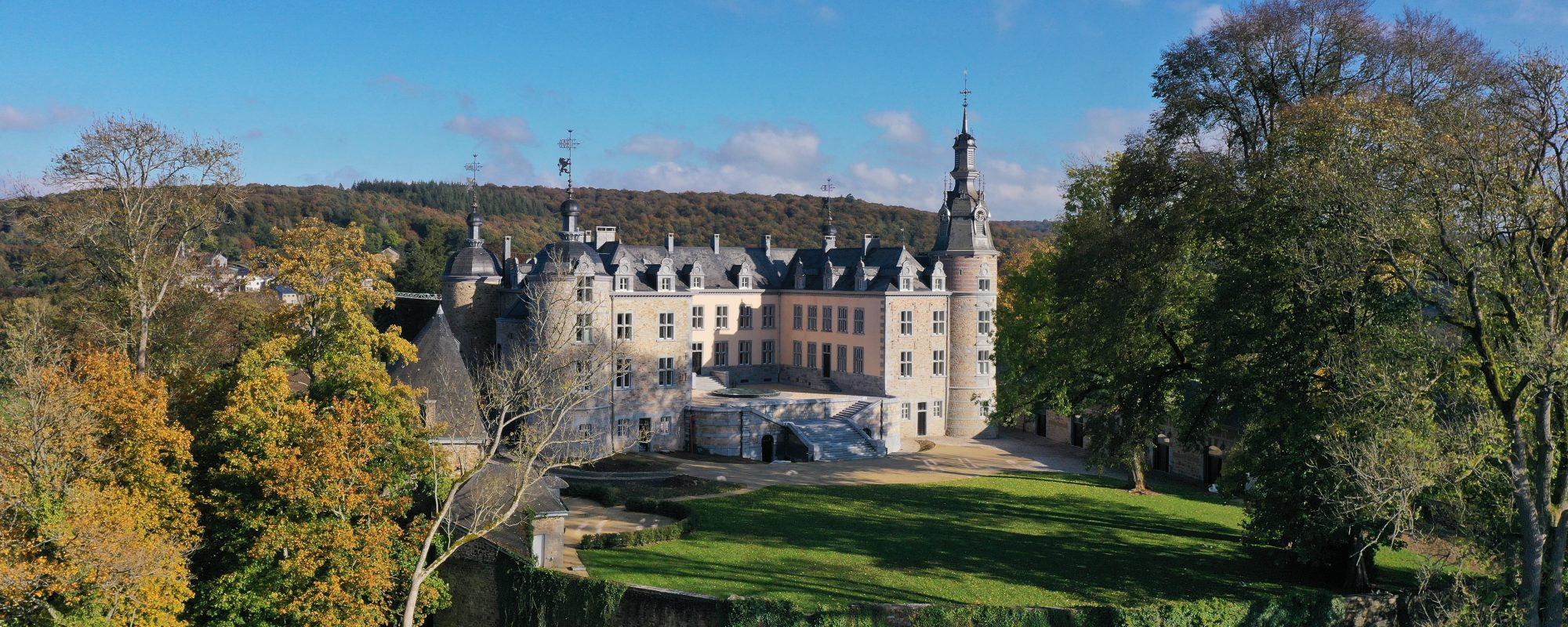
Our villages vary between rural heritage, classified monuments and remarkable sites. Whether castles, farms, churches or abbeys, traditional buildings, rural or natural heritage, discover the must-see Most Beautiful Villages of Wallonia!
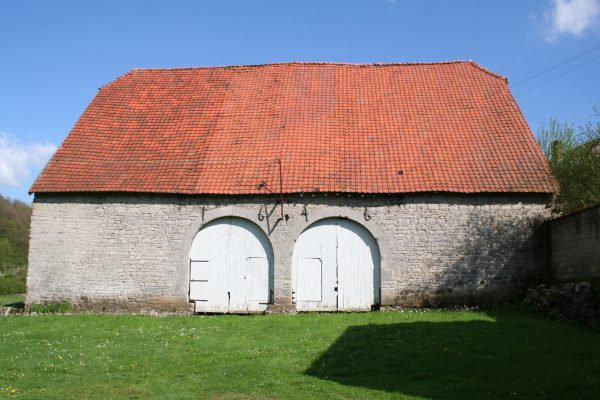
Dated 1646, a large orange-red vessel in the green landscape of Sosoye.
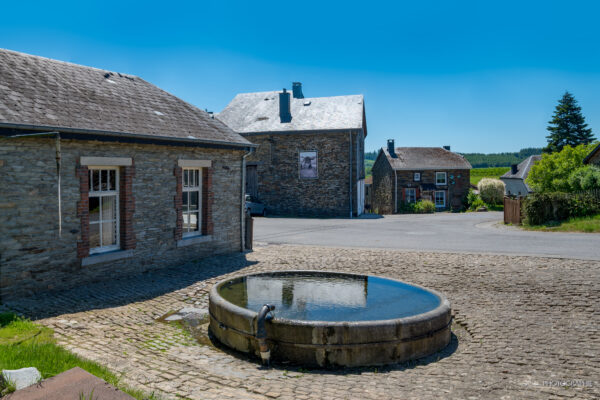
Dans le haut du village, le lavoir fut aménagé en 1865, en contrebas d'une source alimentant deux grands bacs en pierre calcaire ainsi que l'abreuvoir circulaire établi à proximité.
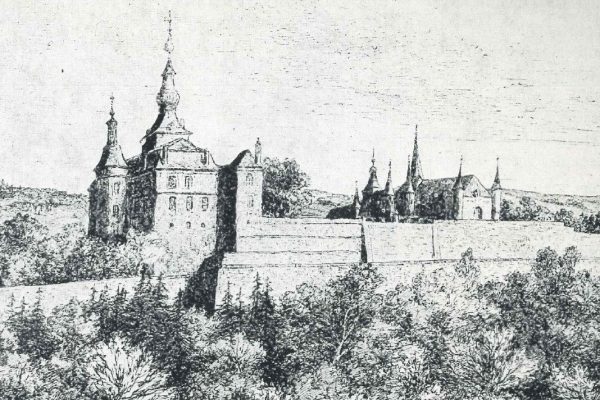
Based on a fortress and a farm of medieval origin, the emblematic building spreads its slender silhouette across the landscape of Vierves-sur-Viroin - private property.
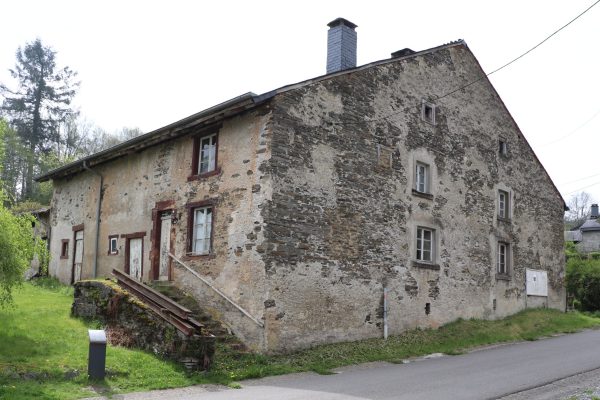
Textures, materials and traditional volumetry characterise this old Ardennes farmhouse.

Site of great biological interest "Natura 2000" and natural forest reserve.
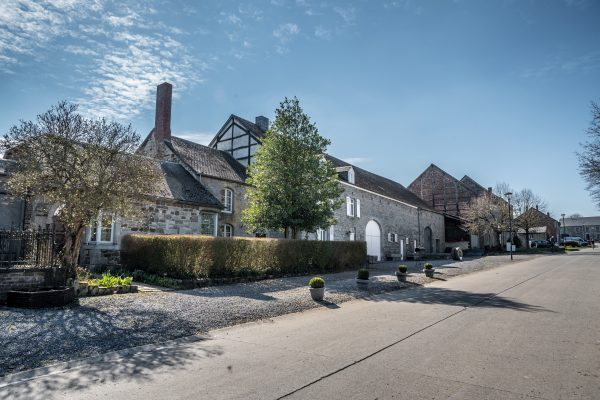
Homogeneous volumes from the second half of the 19th century, typical of the regional habitat.
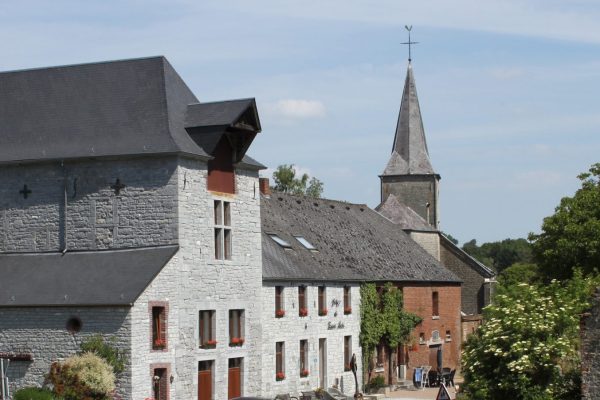
A former feudal castle of which only a few traces remain today: the dwelling and the ruins of the old barn.
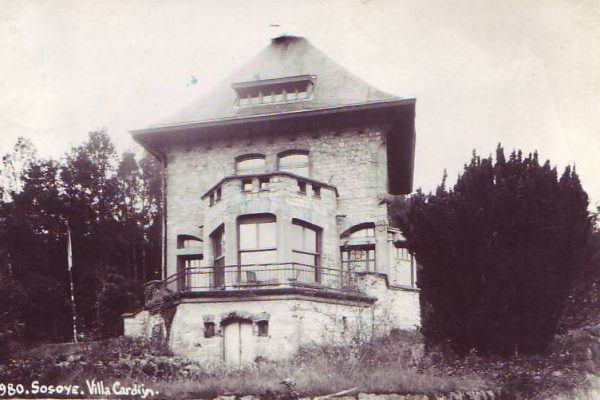
Designed by Victor Horta, the adaptation of Art Nouveau to a rural context - private property
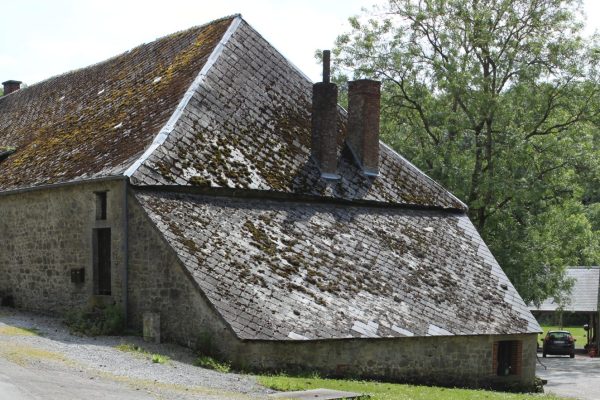
Protected by its imposing roof and tucked away at the bottom of the valley, the Vaulx mill took advantage of the convergence of the natural elements.
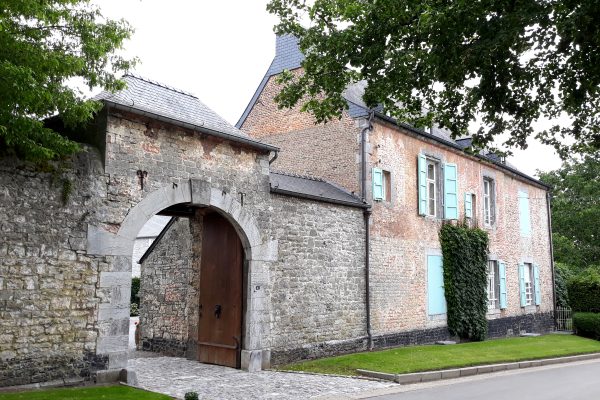
A vast walled complex, developed mainly in the 16th and 17th centuries from a medieval keep.

The Wibin-Gillard castle farm stands at the entrance to My, in the extension of an avenue of remarkable plane trees - privately owned.
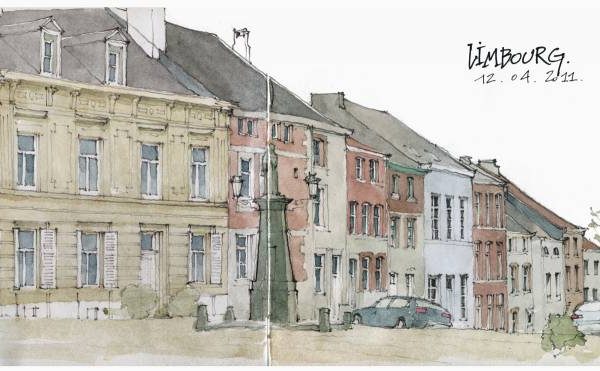
Building housing the former town hall and the former justice of the peace, and signified, from the Place de Limbourg, by "L'Arvô", which means "covered passage" in Liège Walloon - Listed monument
The association Les Plus Beaux Villages de Wallonie (The Most Beautiful Villages of Wallonia) oversees a network of 32 villages, bearers of a strong territorial identity and reflecting traditional architecture. It is committed to promoting the rural, cultural and natural heritage of Wallonia and is a part of the development of local and responsible tourism.
More information